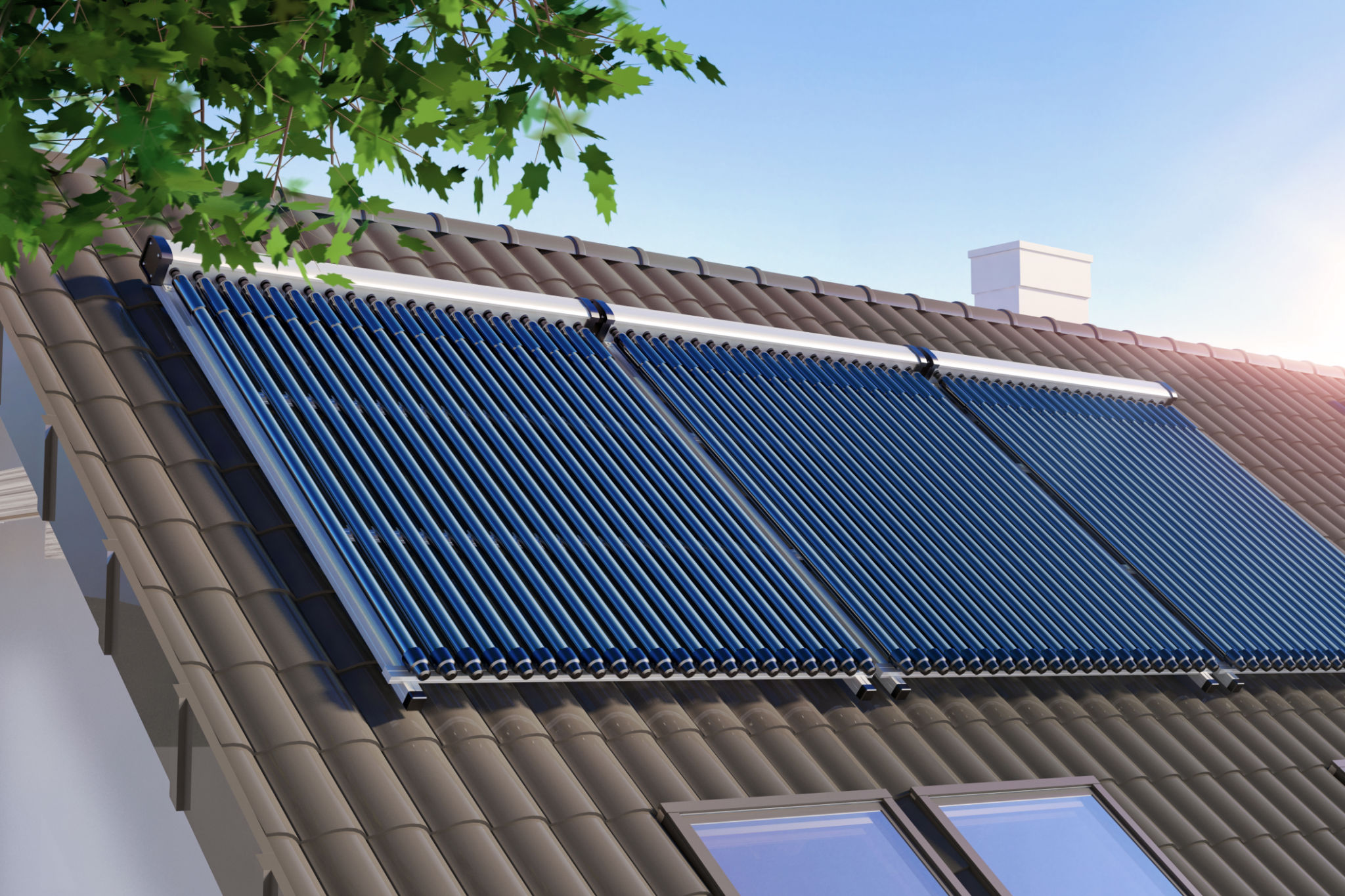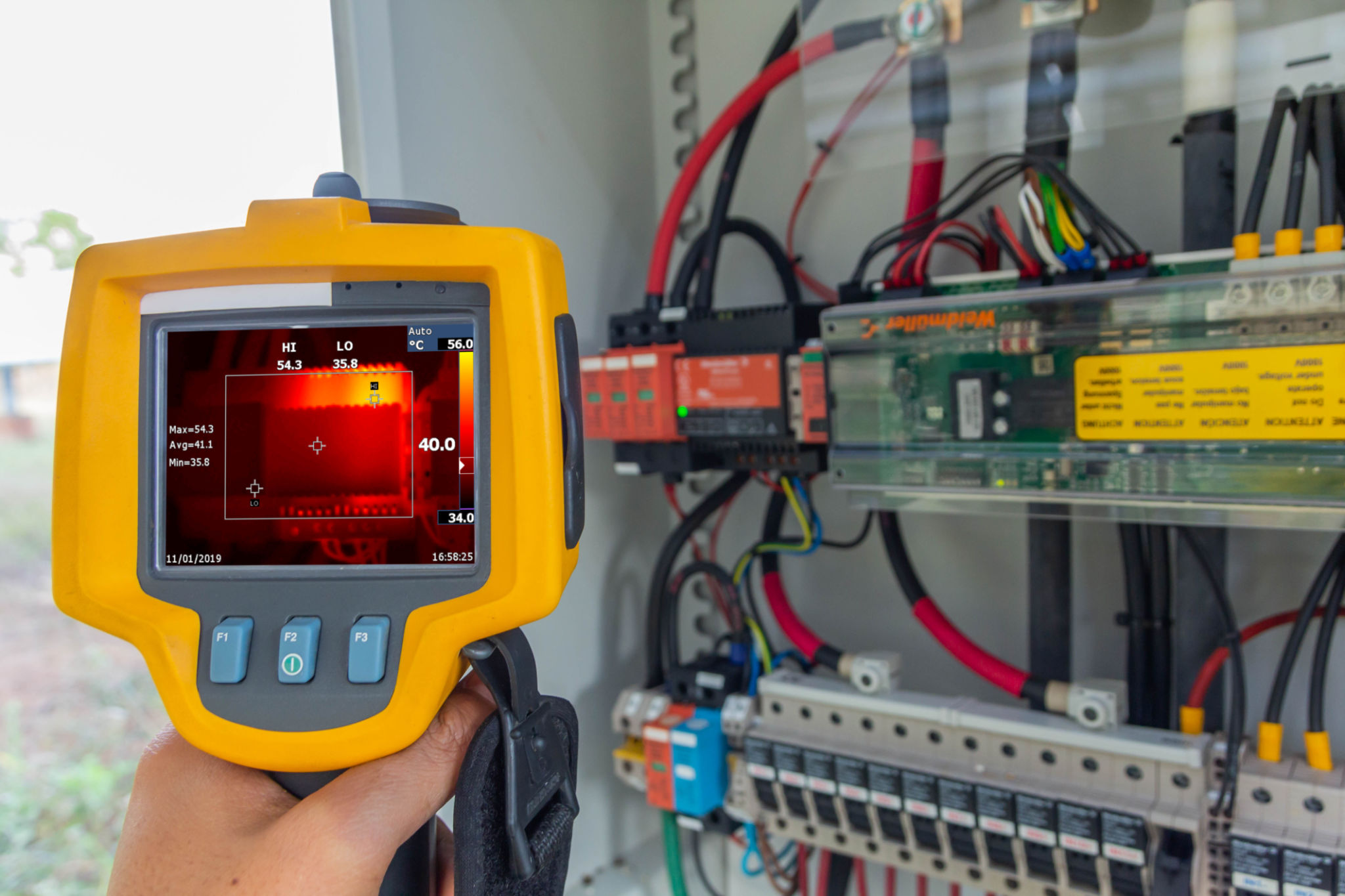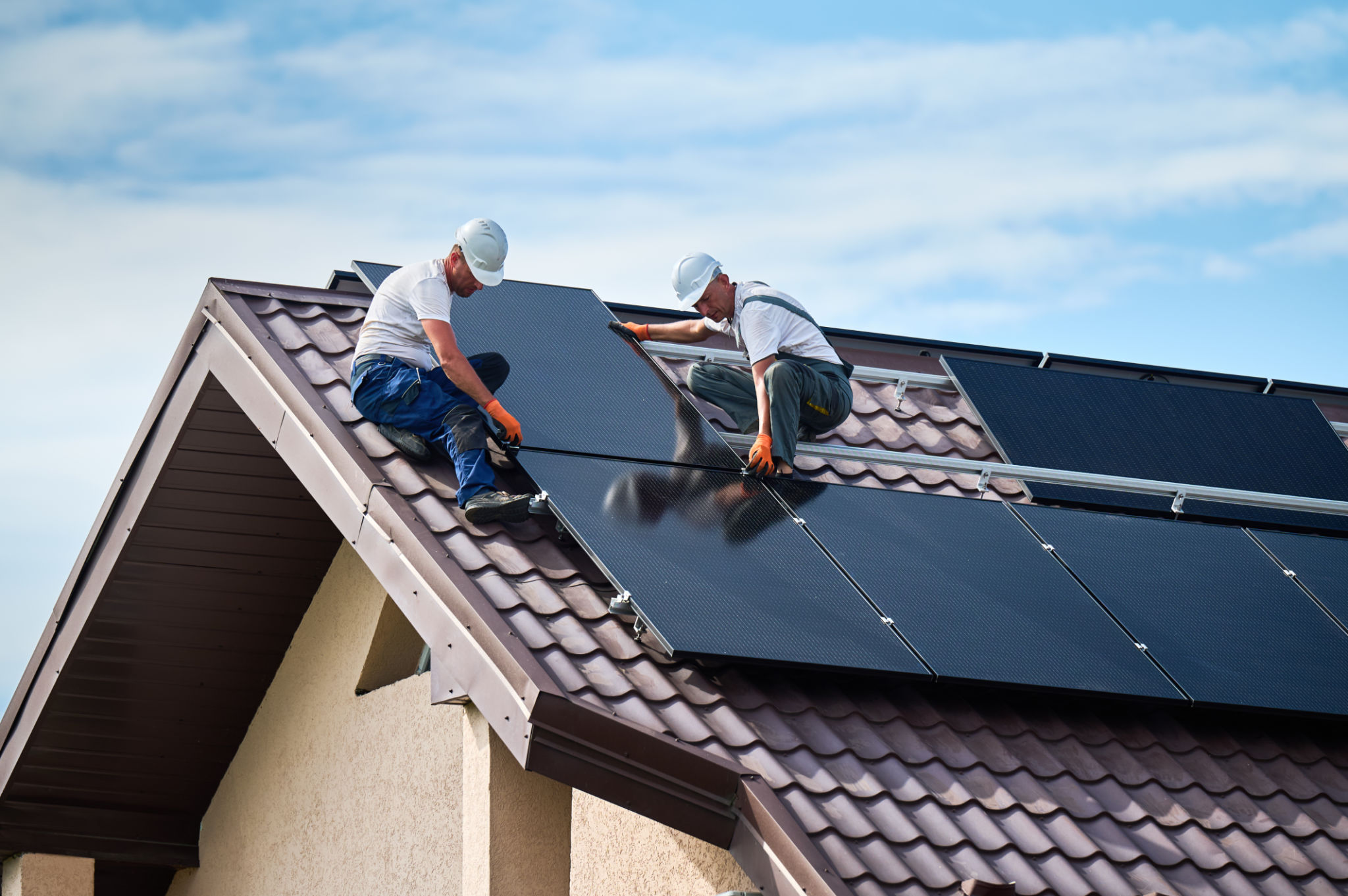Maximizing Solar Panel Efficiency with Thermal Imaging Inspections
Understanding Solar Panel Efficiency
Solar panels are a significant investment for both residential and commercial properties, and maximizing their efficiency is crucial for getting the best return. Efficiency in solar panels refers to the ability of the panels to convert sunlight into usable electricity. However, various factors can affect this efficiency, ranging from installation angles to environmental conditions.
Thermal imaging inspections have emerged as an essential tool in diagnosing and enhancing solar panel performance. By identifying issues that are not visible to the naked eye, thermal imaging can provide insights into potential inefficiencies and help optimize energy output.

The Role of Thermal Imaging in Solar Panel Maintenance
Thermal imaging uses infrared cameras to detect heat patterns on solar panels. These cameras can identify hot spots, which are areas where a panel may be malfunctioning or underperforming. Hot spots can indicate several issues, such as faulty wiring, shading problems, or even physical damage to the panels themselves.
By conducting regular thermal imaging inspections, property owners can pinpoint these issues early and address them before they lead to more significant problems. This proactive approach helps maintain optimal panel performance and extends the lifespan of the solar installation.
Common Issues Detected by Thermal Imaging
Thermal imaging inspections can reveal a variety of common issues that may affect solar panel efficiency:
- Hot spots: These are often caused by cell defects or shading and can significantly reduce panel efficiency.
- Faulty connections: Poor electrical connections may lead to increased resistance and heat build-up.
- Delamination: This occurs when layers within the panel start separating, leading to performance loss.
- Physical damage: Cracks or other physical damages can be easily spotted through thermal imaging.

Benefits of Regular Thermal Imaging Inspections
Regular thermal imaging inspections offer several benefits that contribute to maximizing solar panel efficiency. Firstly, they provide a non-invasive way to monitor panel health. Unlike other diagnostic methods that may require direct contact or panel disassembly, thermal imaging is quick and does not disturb the system.
Secondly, these inspections can save money in the long run. By identifying issues early, property owners can avoid costly repairs or replacements. Moreover, maintaining high efficiency ensures that the energy yield remains optimal, maximizing return on investment.
Implementing a Thermal Imaging Inspection Schedule
To fully benefit from thermal imaging, it's advisable to implement a regular inspection schedule. The frequency of inspections may depend on several factors, including the age of the solar panels, local climate conditions, and the presence of known issues.
A typical schedule might involve semi-annual inspections for newer installations and quarterly checks for older systems or those in harsh environments. Collaborating with a professional service provider ensures that inspections are thorough and accurate, utilizing the latest technology.

Conclusion: Enhancing Solar Panel Performance
Maximizing solar panel efficiency is essential for achieving sustainable energy goals and ensuring financial viability. Thermal imaging inspections play a critical role in diagnosing and resolving issues that impact performance. By incorporating these inspections into regular maintenance practices, property owners can enhance the longevity and efficiency of their solar installations.
In conclusion, investing in thermal imaging technology is not just about fixing problems as they arise but about adopting a proactive approach to solar energy management. This strategy ensures that solar panels operate at peak efficiency, providing clean energy for years to come.